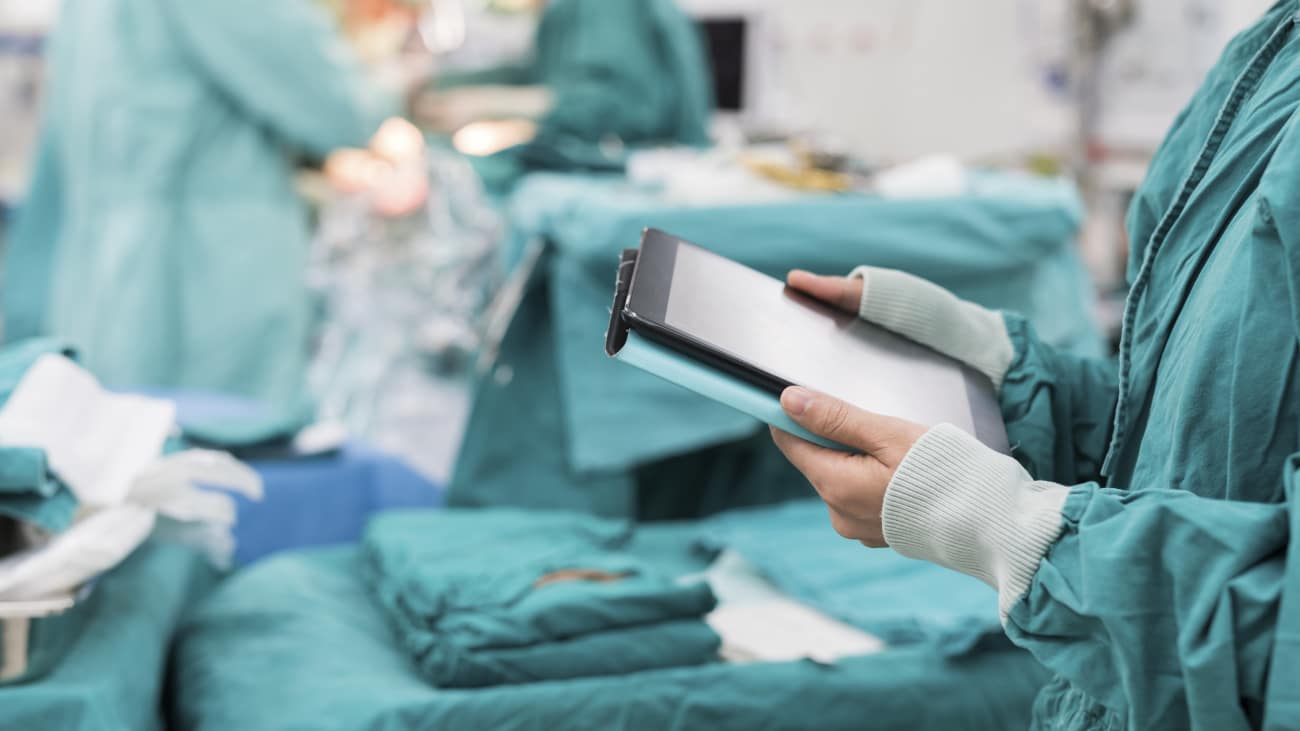Clinical Minutes Series
[MUSIC PLAYING] WILSON TSAI: As we know, lung cancer is the most deadliest disease or the most deadliest cancer out of all the cancers in the United States and also in the Western hemisphere. Unfortunately, lung cancer, despite many advances in chemotherapy, medical treatments and radiation therapy, really has not had much of an improvement in the survival rate for stage for stage. Unfortunately, what has happened is the fact that we have recognized that there may have been potential pitfalls or problems with surgical treatments, which may have led to the increased morbidity and mortality of patients undergoing lung cancer surgery. Because of the minimally invasive thoracic approach, what we've done is basically replicate the same exact oncological surgery to excise the lung and also to make sure all the lymph nodes are dissected to accurately stage patients. We can do this all through small incisions, measuring at about 1 centimeter in size. The reason why this is advantageous is not for a cosmetic reason. The reason why this is advantageous is because the fact that the patients have a much better post-operative complication rate than those patients undergoing thoracotomy. This has been proven in many studies. One study that comes to mind is the study that was done at Memorial Sloan-Kettering. What they did was basically look at patients who are 80 years old-- what we call octogenarians-- and they want to compare the differences in minimally invasive techniques-- what we call video assisted thoracic surgery-- over traditional, open thoracotomy techniques, which shed the chest cavities open and ribs had to be spread. What they saw was basically in those patients who underwent the thoracoscopic approach, there was zero operative mortality rate. And those patients who had open thoracotomies, there was a significantly higher death rate in those patients-- most likely because of the fact that the surgery caused a much bigger footprint or imprint on the patient's body. And therefore, the patient had a much more difficult time to heal. Most recently, what has been coming into the forefront is that of the robotic thoracic surgery. What the robotic thoracic surgery imitates is that of the minimally invasive approach. However, because of the robot, there is a much improved degree of finesse, as well as precision that you can obtain through your dissection. One of the biggest complaints or the biggest pitfalls of thoracoscopic surgery is that those instruments are designed in a very straight line fashion or what we call inline fashion. The robot's advantage is the fact that there are articulations along the distal end of the instruments. So what that really allows us to do-- it's what I tell my patients-- is the biggest difference between picking grapes using chopsticks, for example, versus picking grapes using your fingers. Clearly, using your fingers we get a much more precise, as well as delicate dissection, rather than trying to pick these grapes off individually with chopsticks. Because of this, at John Muir Hospital, we've adopted the robotic surgery technique for many of our thoracic lobectomies. What we've seen is that these patients have a much more improved length of stay over the open thoracotomies. Because of this, many patients undergoing these very complex surgeries may actually go home as soon as post-op day two, which is two days after a major surgery, up to post-op day four, which again is significantly lower than what the national average rate for length of stay for a lobectomy is. What I recommend is essentially, patients seek true specialists in thoracic oncology who specialize in lung cancer surgery. I do feel that it's most important to understand that the studies have clearly shown that surgeons who have high volume do have better results. This clearly makes sense in all the papers, as seen by Dr. Bruckmeyer. So I do want to thank everyone for their time today and sharing with me the role for the minimally invasive thoracic techniques here John Muir hospital. [MUSIC PLAYING]



